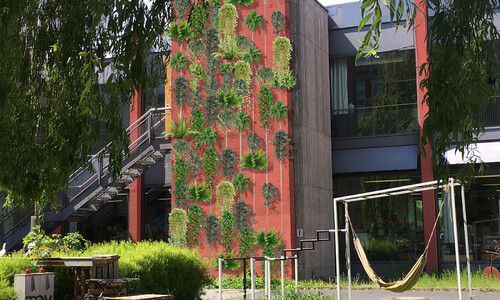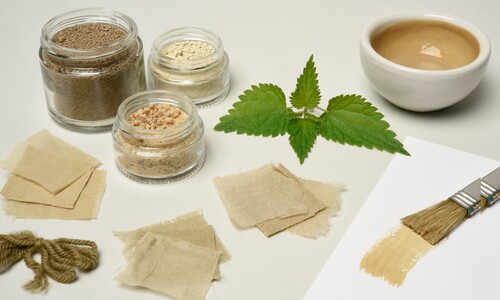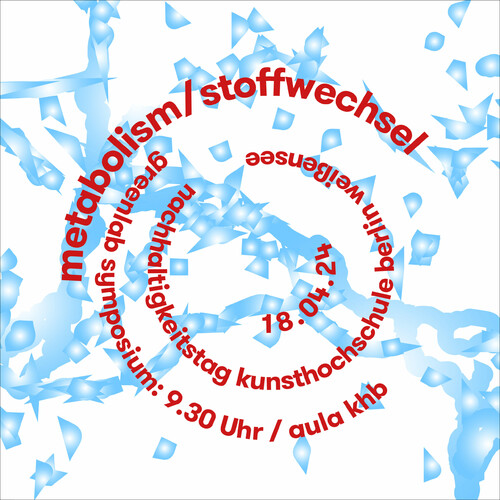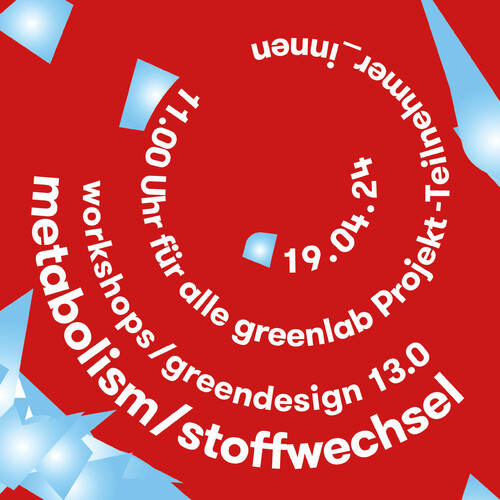Concept
GreenCurtain is a vertical planting system that is tensioned with the help of wire ropes.
GreenCurtain can be used to its full potential, especially on blank, unused building facades. Plants are not only able to clean polluted air, in summer they also improve the microclimate of a city.
Since the modules are not hung on the wall as usual, instead in front of it, the building façade is not damaged. The air can circulate freely and the wall does not have to be drilled. This makes it easier to assemble and disassemble. A pump system automatically supplies the plants with water. This makes it possible to green a façade and keep it in good condition with comparatively little effort.

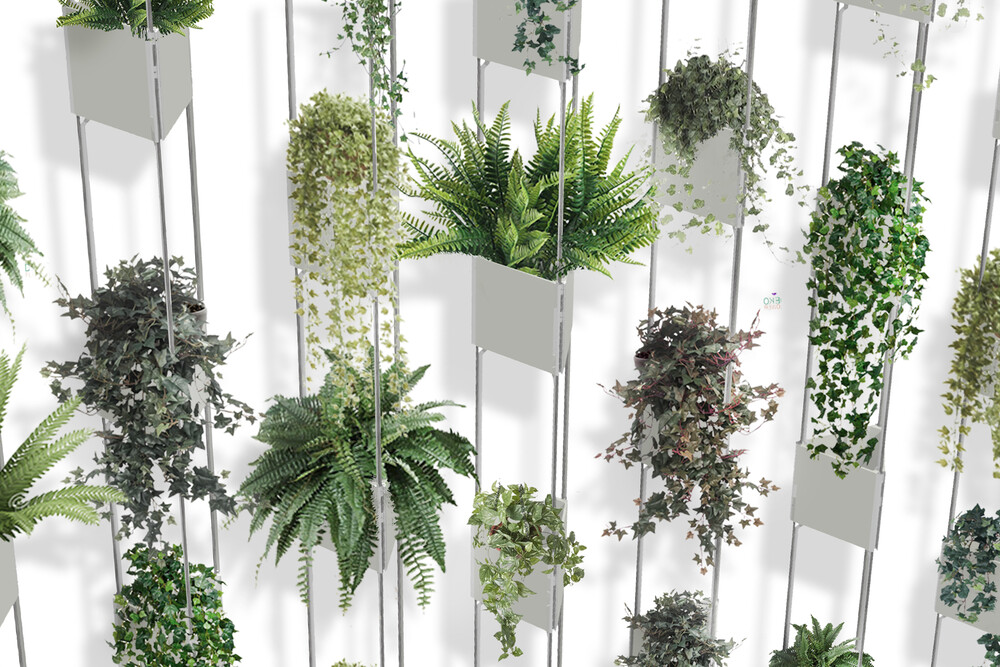
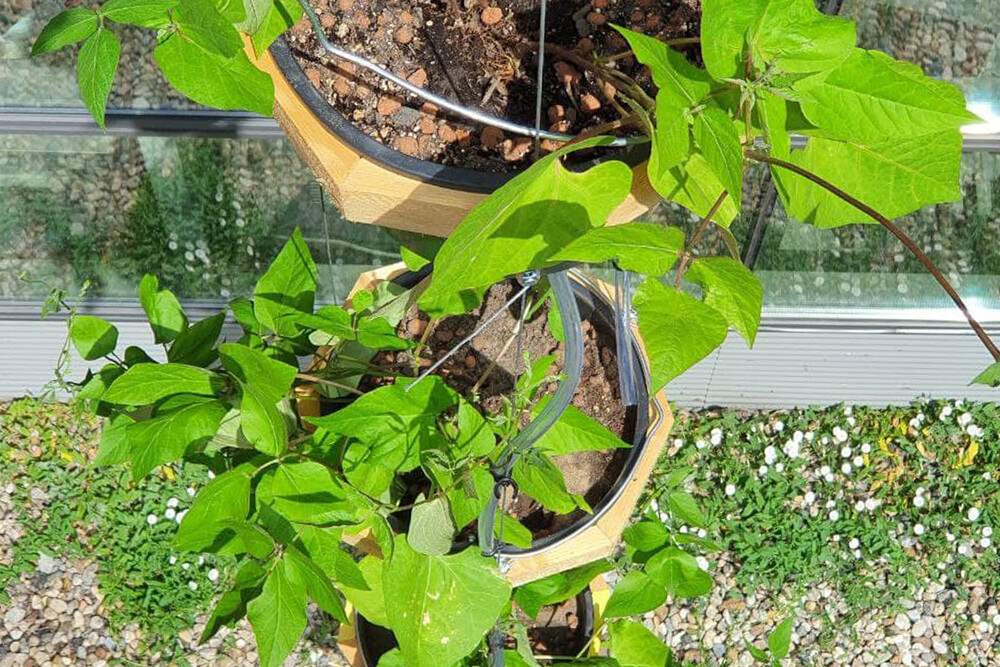
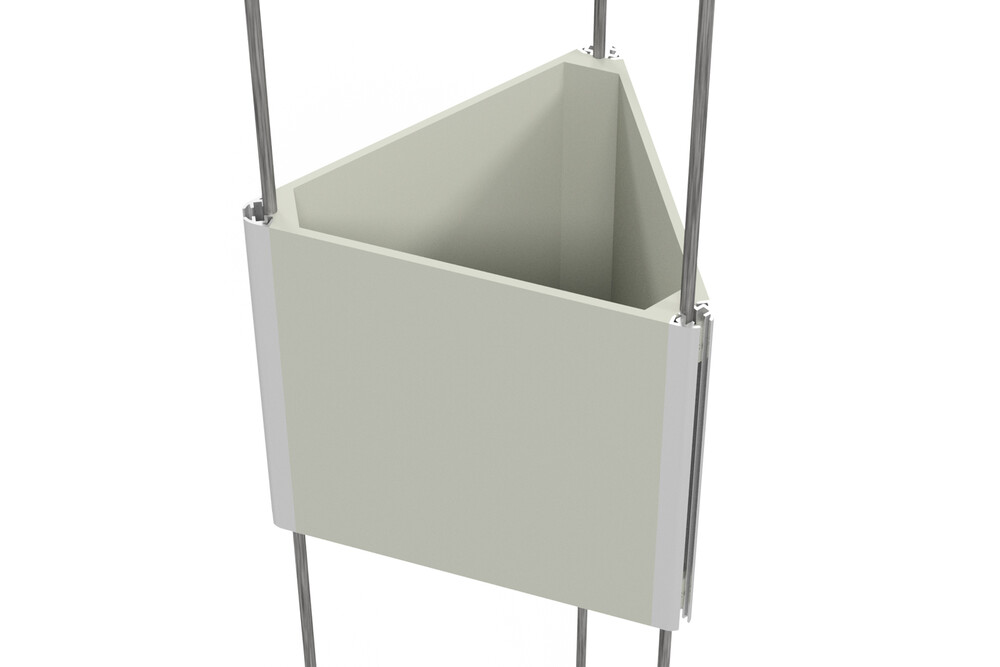
Research & Background
Cities around the world have been implementing policies that include urban greening as a focus in long-term urban planning for several years.
Although there are differences between countries and cities, policies are being implemented in the hope of reducing carbon, eliminating the heat island phenomenon, and purifying the air.
London is a very green city. Its parks, gardens and canopy of trees make it an attractive place to live, work and invest. They also form part of the history and character of the city. These green places and features already provide us with space to relax, help to clean our air and are habitats for wildlife. However, we believe that planning and managing them as an integrated green infrastructure will provide more benefits to Londoners as the city grows, its climate changes and we tackle the city’s poor air quality.
By 2050, Melbourne will need to be a more sustainableand resilient city that manages its land, biodiversity,water, energy and waste resources in a much moreintegrated way. To respond to the challenge ofclimate change and ensure Melbourne becomesmore sustainable as it grows, a green economyneeds to emerge—built around renewable energy, environmentally sustainable development andresource recovery.
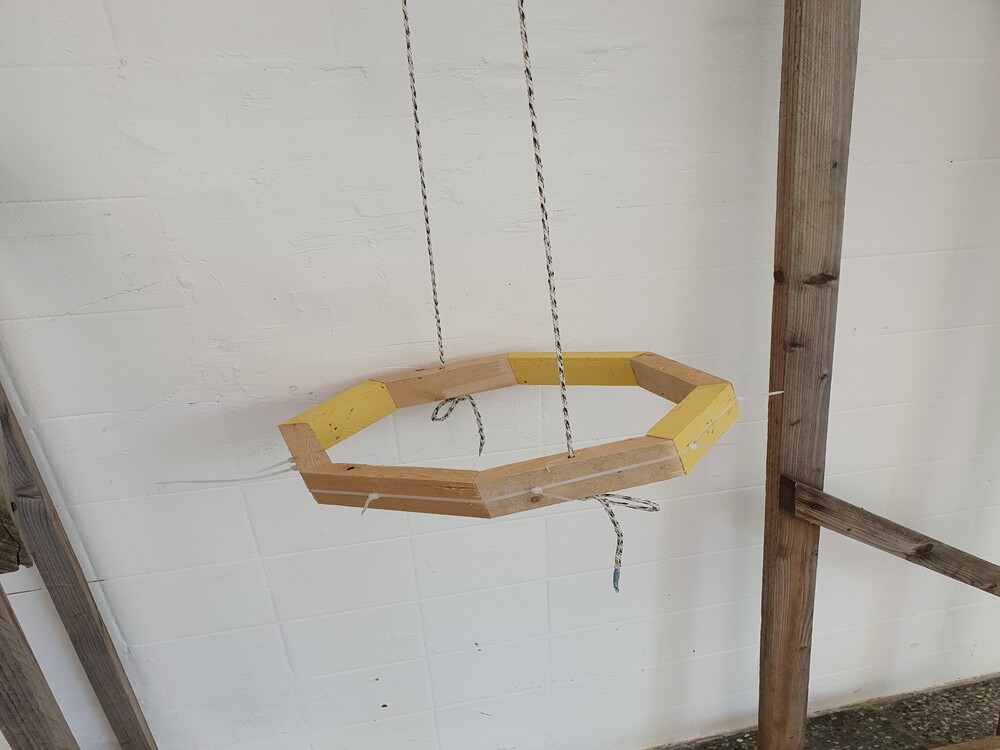

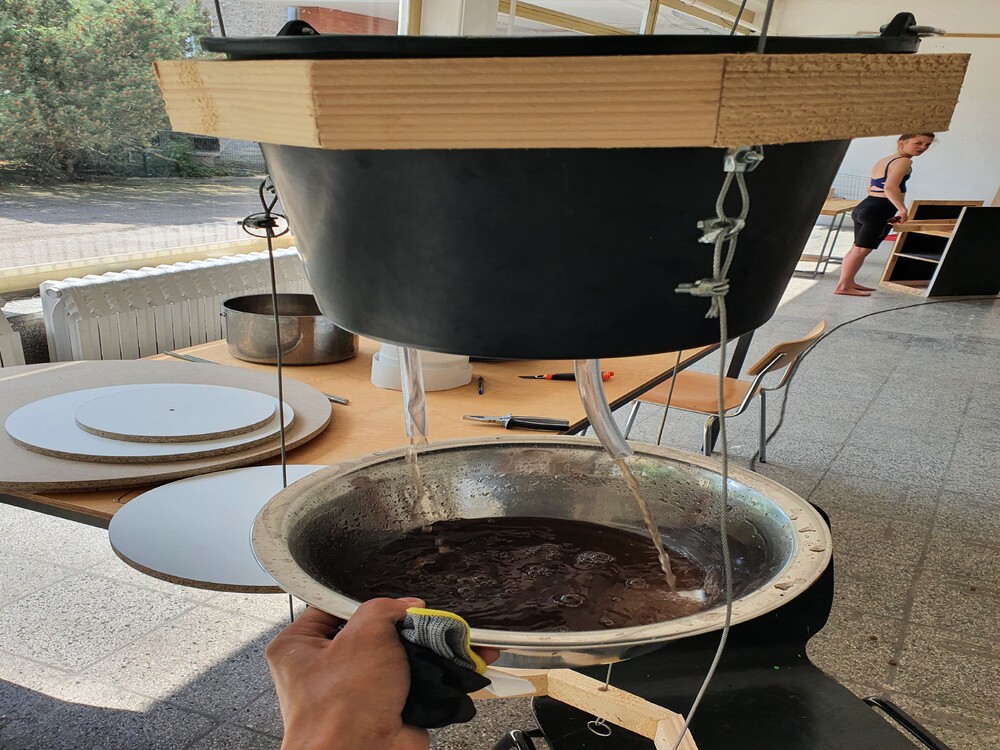
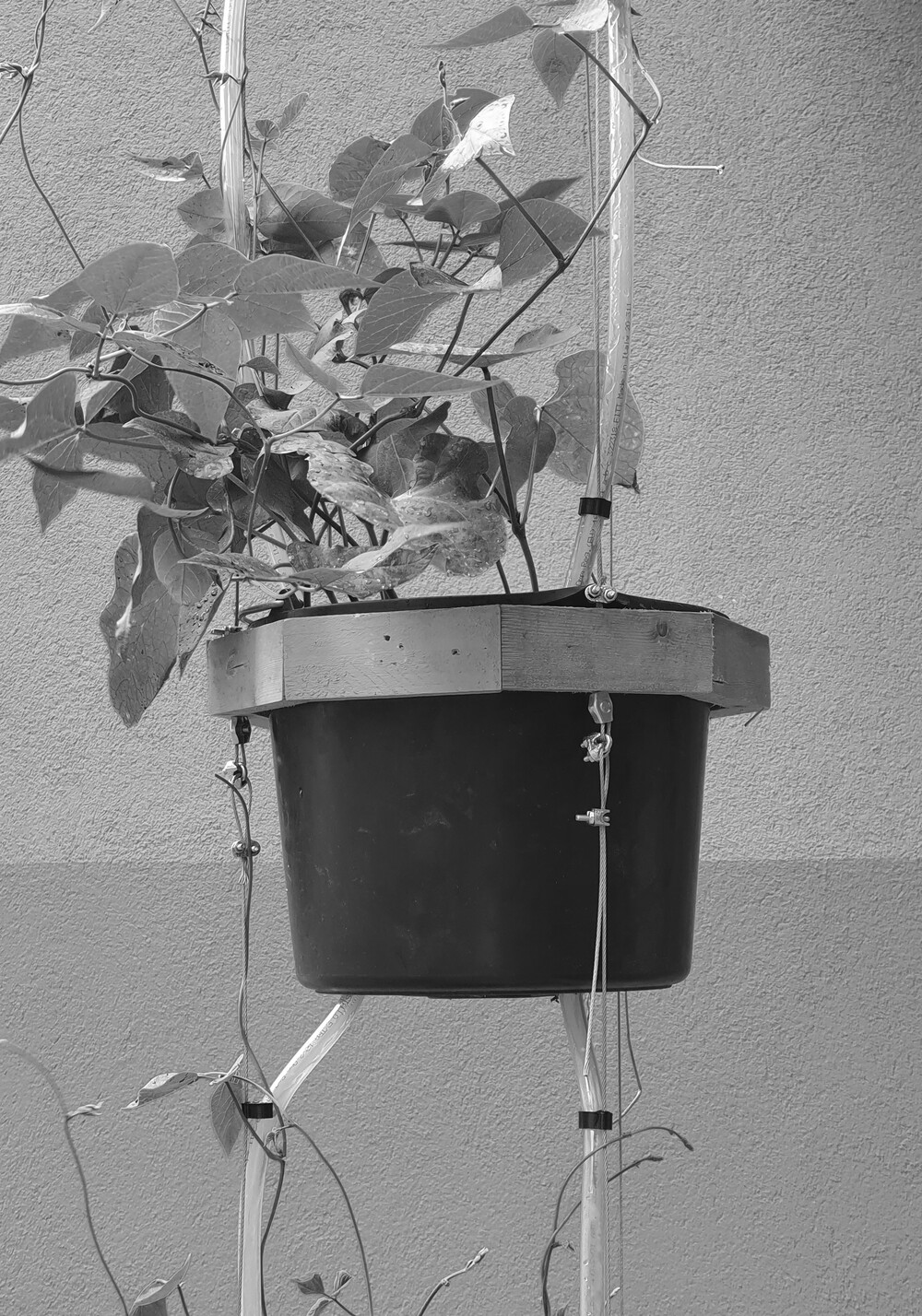
Process
We first conceived a prototype using readily available baskets. we decided to plant the baskets and hang them vertically like curtains. Since the weight of the basket after planting is increased due to the soil, we connected the baskets using an iron wire.
First, we connected three or four baskets vertically, and we devised a way to make it easier to supplement each basket in the later. Instead of connecting the baskets directly, first, a wooden frame was made and the frames were connected, and the basket could be put into the wooden frame.
We also devised a way to easily supply water to the plant, drilling two holes in the bottom of the basket and connecting a hose to each hole. One of the two hoses is connected directly to the bottom of the next basket so that water flowing from top to bottom does not have a problem going down, and the other is directed upwards on the next basket to supply moisture to the soil. A height of 5mm was made at the bottom of the basket and the part where it connects to the hose so that the soil in the basket can absorb enough moisture and flow to the next basket.

